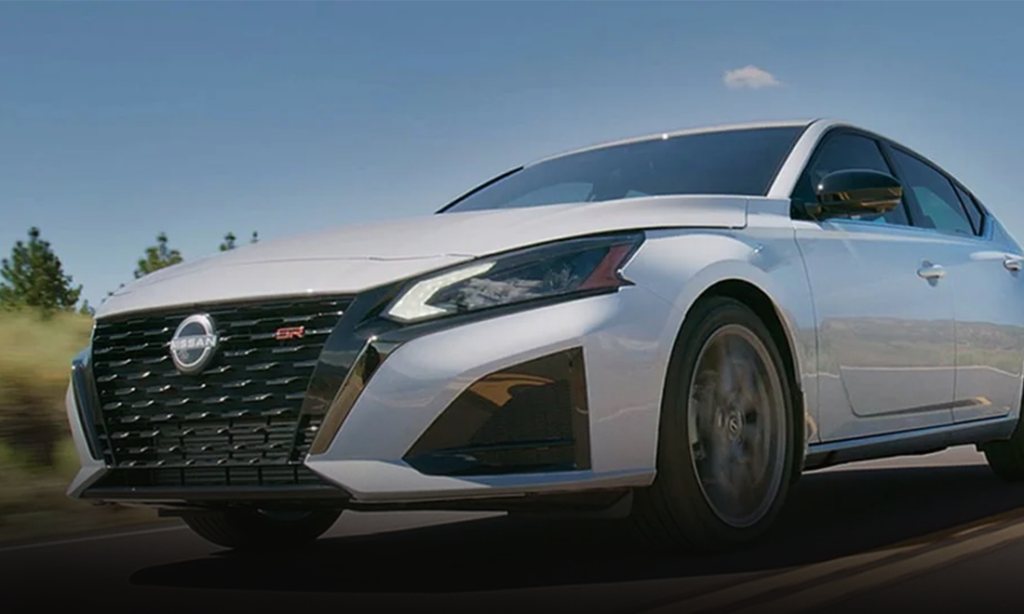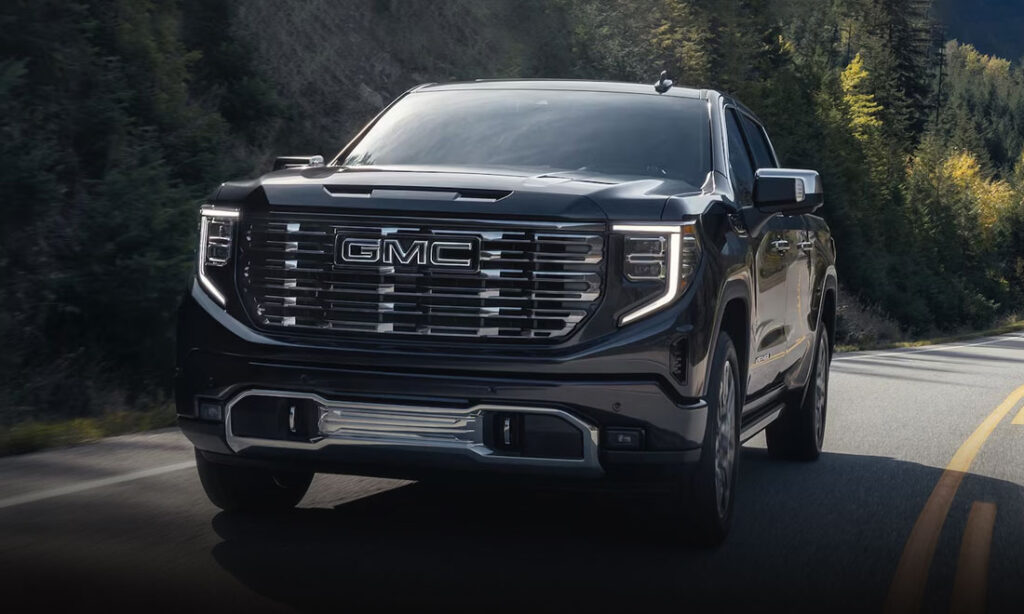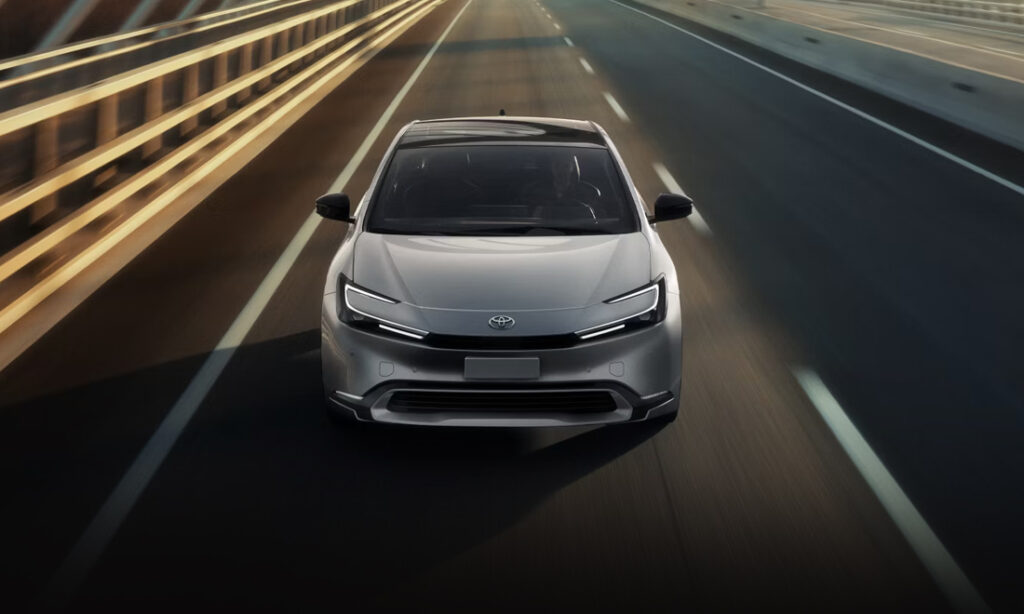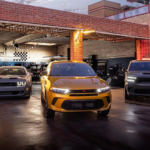Retro Review: ’32 Ford V8
Look up hot rod in a dictionary and you’ll find a ’32 Ford Coupe V8.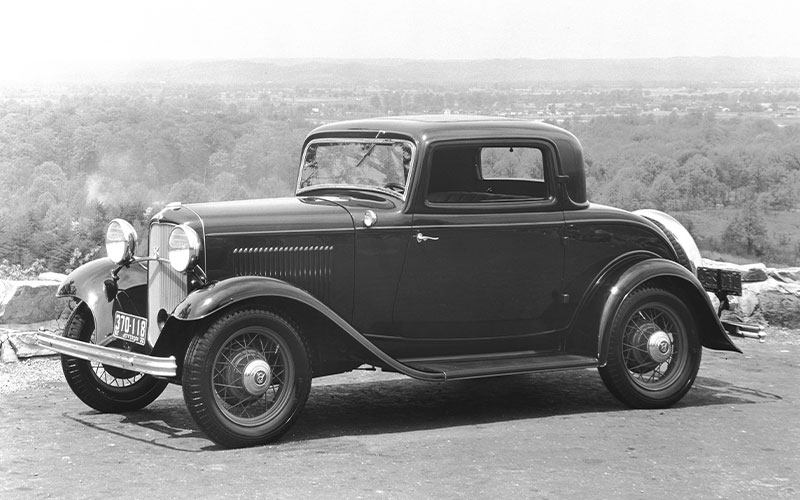
The OG Hot Rod
There’s probably no automotive sound more essentially American than the signature rumble of a naturally aspirated V8. It’s the sound of power bestowed upon the common man, the sound of speed, the sound of freedom, of possibility. So, it’s hard to imagine a time when V8s were solely the province of luxury cars like Cadillacs and Rolls-Royces. That was until Ford debuted the Model 18 in 1932. The car quickly became synonymous with its engine; now known to history as the Ford V8.
Model A Successor

During the early years of the Great Depression, Ford Motor Company and Henry Ford were looking for a replacement to follow up the success of the Model A. Henry Ford’s vision for the new car centered on a V8 powerplant. This goal became even more imperative as Chevrolet was seeing great success with their new V6 engine while Ford current Model A was still making do with a four-cylinder.
The trouble was V8s were expensive to manufacture, often cast in multiple sections, and not especially reliable. At the height of the Depression, affordability was central to the new project. Enter Ford engineers Ray Laird, Carl Shultz, and Emil Zoerlein. With just 16 months of development time, they designed the Ford Flathead V8 built from a single iron block. The design achieved the project’s two major goals, it was reasonably cheap to manufacture, and it produced decent power at 65 horsepower. Significantly, Ford also chose to build the cars using steel re-enforced bodies, a major boon to their longevity.
The Flathead V8
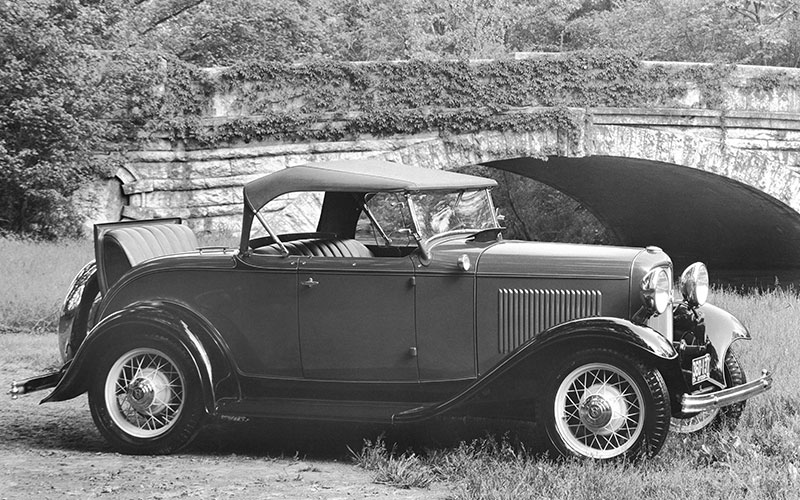
Hedging their bets, Ford released this next generation of cars in 1932 with the Model B still running a four-cylinder while the Model 18 got the new Flathead V8. The V8 was 221 CID (3.5L) and, in its first year, made 65 horsepower. Ford was generous with body style options that ranged from 5- and 3- window coupes, a 2-door roadsters or cabriolet, 2- and 4-door sedans, a 4-door phaeton, a Woodie station wagon, and a pickup.
The short production time did end up leaving the Flathead V8 with a few bugs. It tended to burn oil, a lot of it. The single casting was sometimes imperfect and led to the block rupturing. Piston failure was another common problem. Despite these problems, the new cars were wildly popular, with Ford selling 300,000 Model 18 V8s in its first year of production. For 1933, compression ratios were updated (from 5.50 to 6.33) and new aluminum heads were introduced. Together these added an additional 10 horsepower for a total of 75 from the V8.
The Gangsters’ Whip
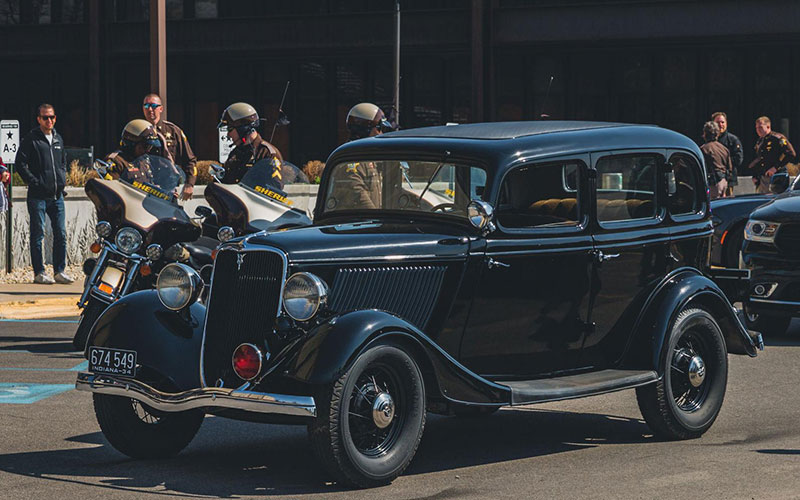
It wasn’t just Joe Public that loved the new Ford V8. The Ford V8’s generous output was a favorite among bank robbers and gangsters of the early 1930s for its ability to evade law enforcement. None other than public enemy number one John Dillinger was a fan; he even said so in a letter to Henry Ford. And as intriguing as that might sound on its face, the details are even more interesting.
Dillinger’s affinity for the Ford V8 started with his escape from jail in Crown Point, Indiana. Using a wooden gun smuggled into the jail inside a hollowed-out bible, Dillinger absconded via Sheriff Lillian Holley’s new ’33 Ford V8. Not long after, Ford Motor Company handed over a handwritten letter from Dillinger extolling the virtues of the Ford V8 as a great getaway car. The letter was dated May 16th, 1934, and postmarked from Detroit, Michigan. Oddly, an FBI report on the letter dates to May 14th, two days prior to the letter’s postmark and historians don’t believe Dillinger would have even been in Detroit to send it.
So, what gives? It turns out that the widely publicized letter was likely a re-write from someone at Ford that added a bit of marketing slickness while helping the police save some face. The original, dating to May 6th, was eventually found in Ford’s archives and read as follows: “Dear Mr. Ford, I want to thank you for building the Ford V8 as fast and as sturdy as you did, otherwise I would not have gotten away from the coppers in that Wisconsin, Minnesota, case. Yours till I have the pleasure to see you, John Dillinger.”
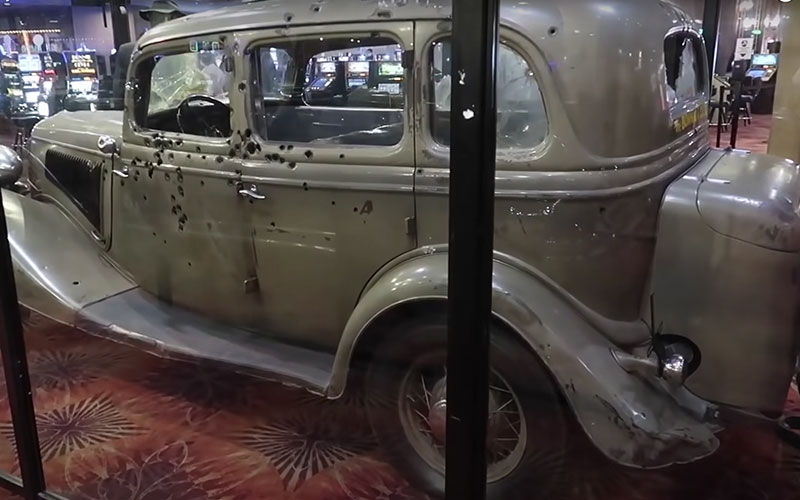
So, what happened to Sheriff Holley’s Ford V8 that Dillinger stole? It was confiscated by Chicago police following Dillinger’s death (the gangster was gunned down by police outside the Biograph Theater in July of 1934). The car was auctioned and resided in Maine for the past 87 years, its history unknown. That was until a few history buffs, including one Roger Price, tracked down the car, bought and restored it, and returned it to the city of Crown Point, Indiana in April of 2021.
Dillinger wasn’t the only gun-toting baddie with an affinity for the Ford V8. Bonnie Parker and Clyde Barrow were also fans, using a Ford V8 as part of their deadly escapades. It was a ‘34 V8 sedan in which the pair were ambushed by law enforcement and gunned down. Today, that bullet-riddled Ford can be found on display at Whiskey Pete’s Hotel and Casino located on the Nevada/California state line just off Interstate 15, if you’re curious.
Little Deuce Coupe
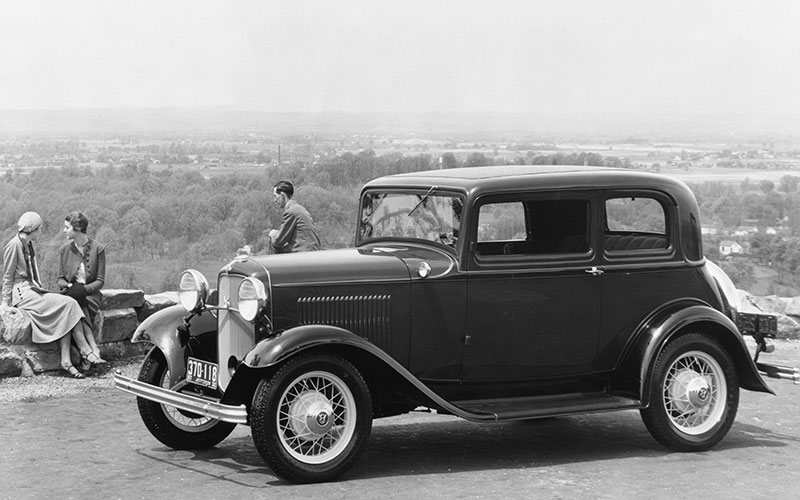
The cover of Hot Rod magazine in October 1948 featured a Ford deuce coupe. Though the magazine had launched in January of that year, the Ford V8 was the first literal hot rod to grace the cover (the preceding nine had been racing cars). These post-war years had made something of an icon out of the Ford deuce coupe. Returning G.I.s eager to start families and a life back home found the durable Fords of the mid-30s eminently affordable used cars. The already powerful Ford V8 was a perfect canvas for modification, with car enthusiasts eagerly “hot rodding” their cars for additional style and power.
Though many cars of the 1930s would become popular amongst hotrodders, no car ever came close to the iconic status of the Ford deuce coupe. The Beach Boys immortalized the car in their 1963 album and song “Little Deuce Coupe,” the cover of which features a highly customized ’32 3-window Ford deuce coupe. For more automotive-themed tunes, check out our list of the 25 greatest car songs of all time. The Ford V8 was also John Milner’s car, a 5-window coupe in fact, in George Lucas’ classic American Graffiti, of which you can read more about here.
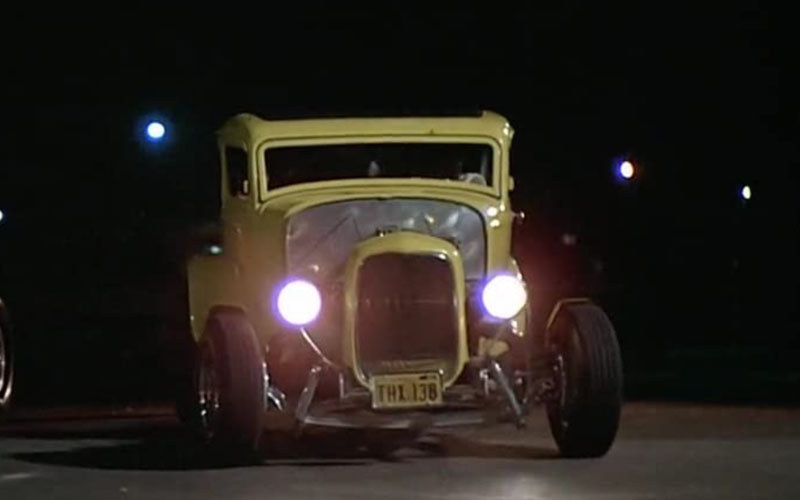
The Ford Model 18/V8, and specifically the 3- and 5-window coupes, remains broadly popular among enthusiasts and specifically among hotrodders. In fact, unaltered Ford V8s are getting harder and harder to find. Today’s vintage examples can sport anything and everything from Ford Cobra and Coyote motors to Chevy LSs and even electric conversions. Whatever your taste, there is undoubtedly a Ford V8 to suit you.



